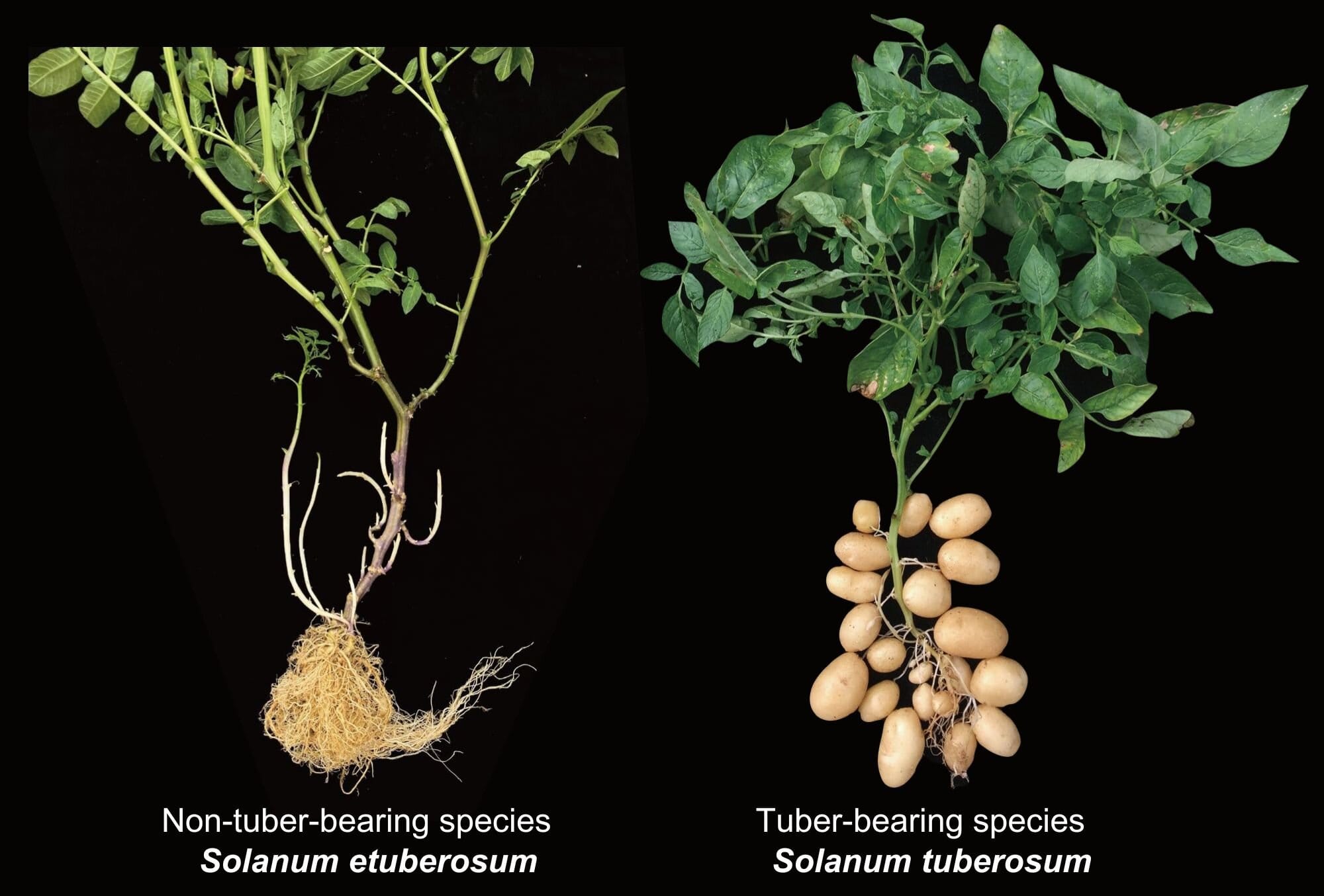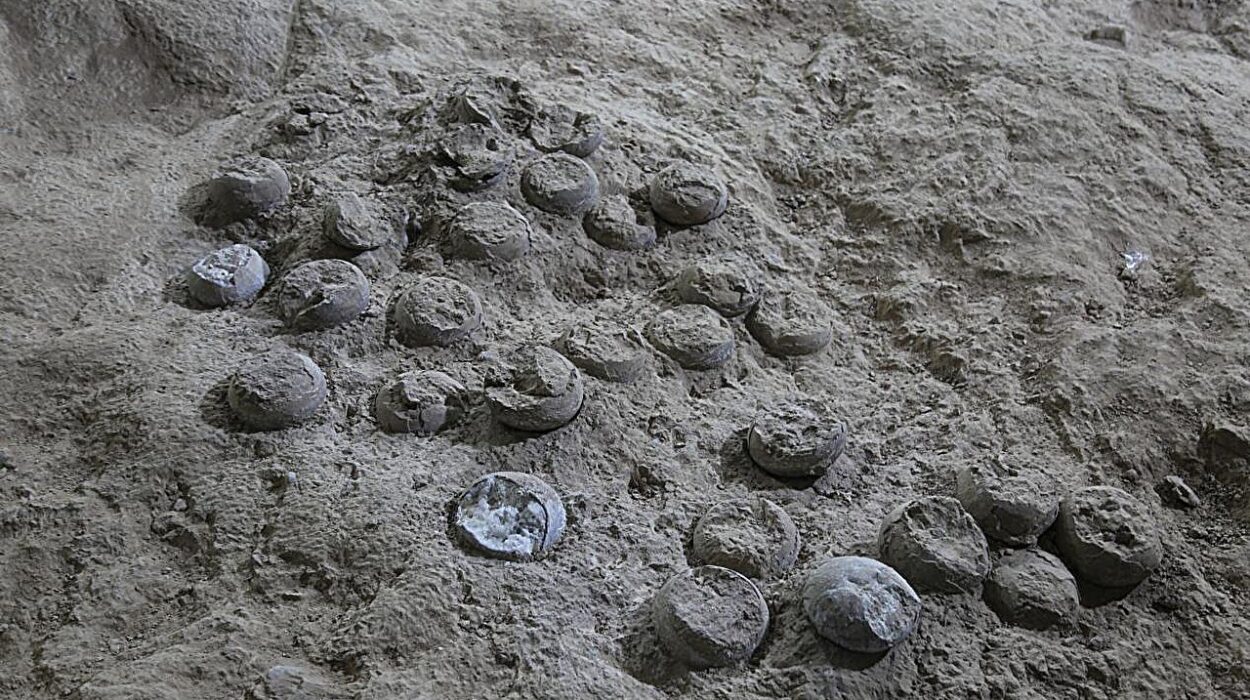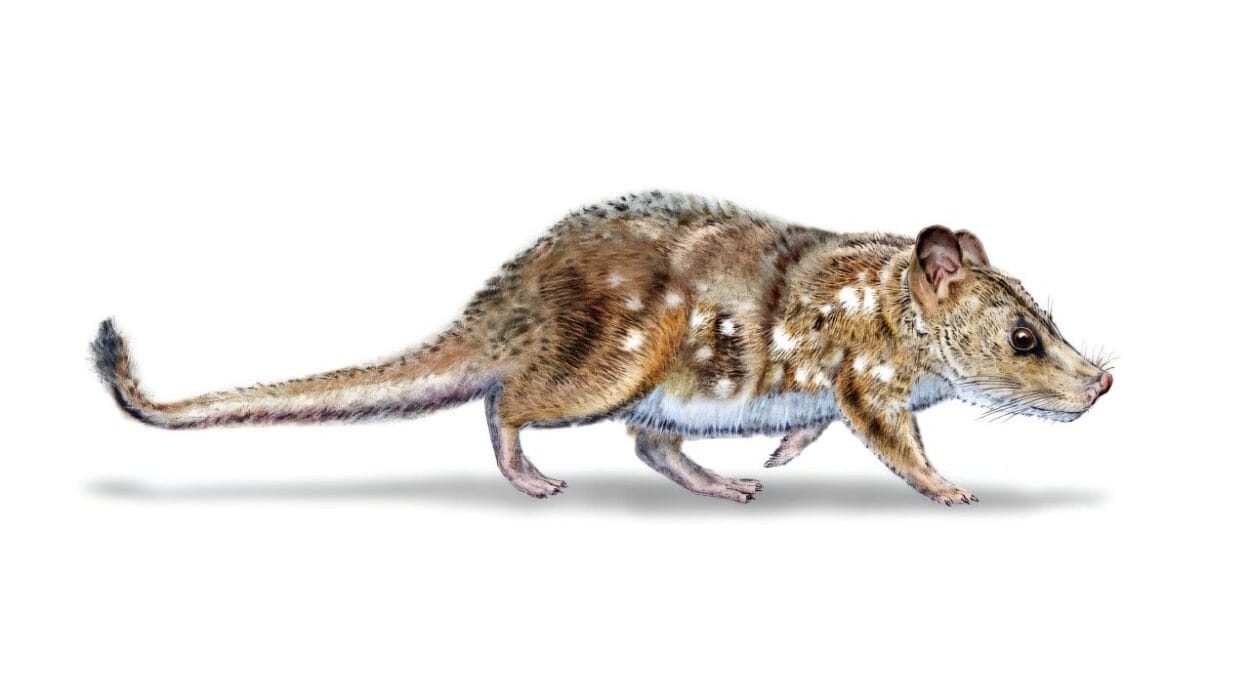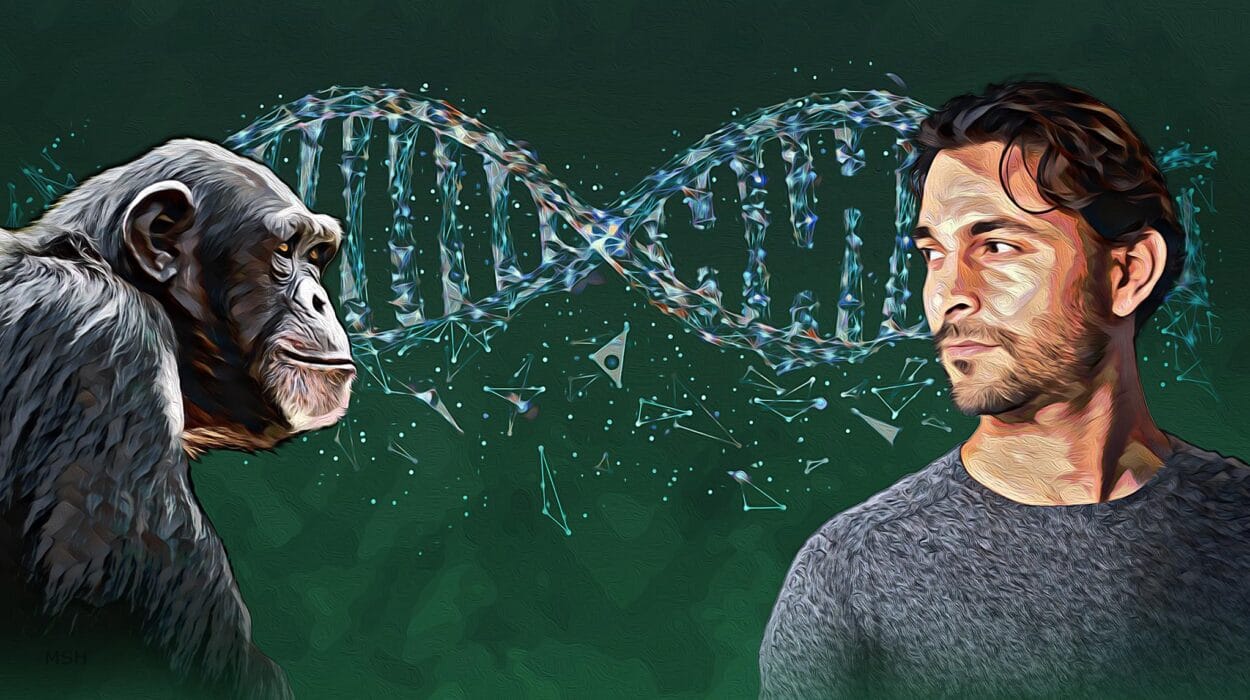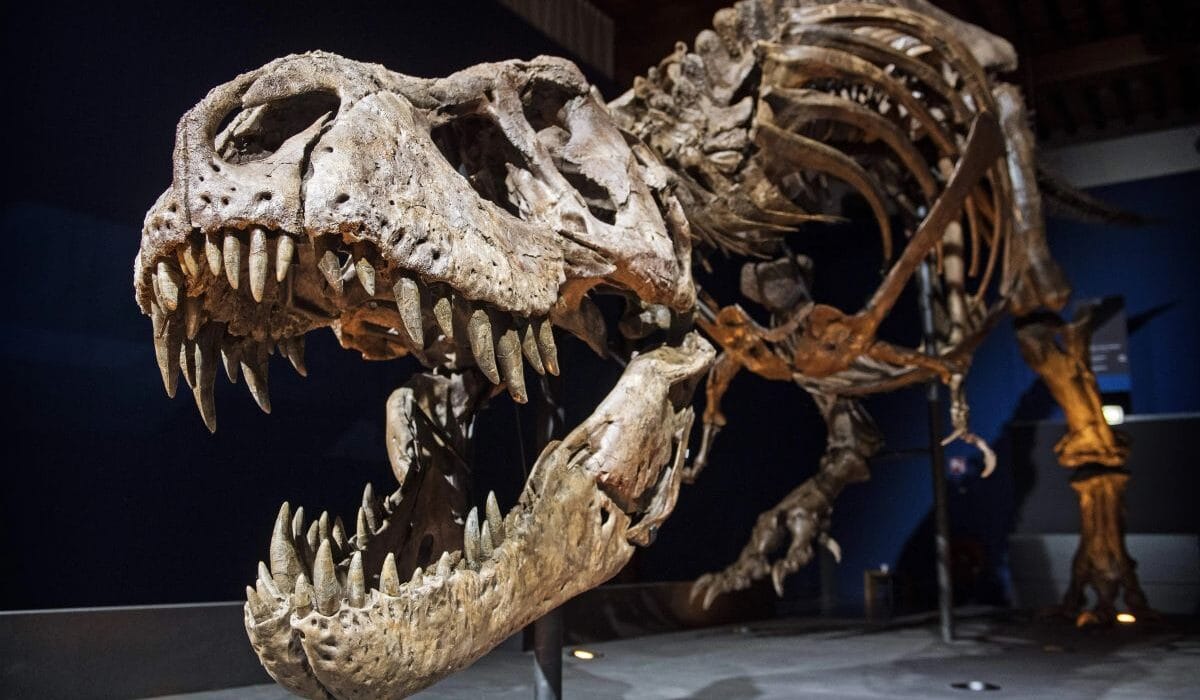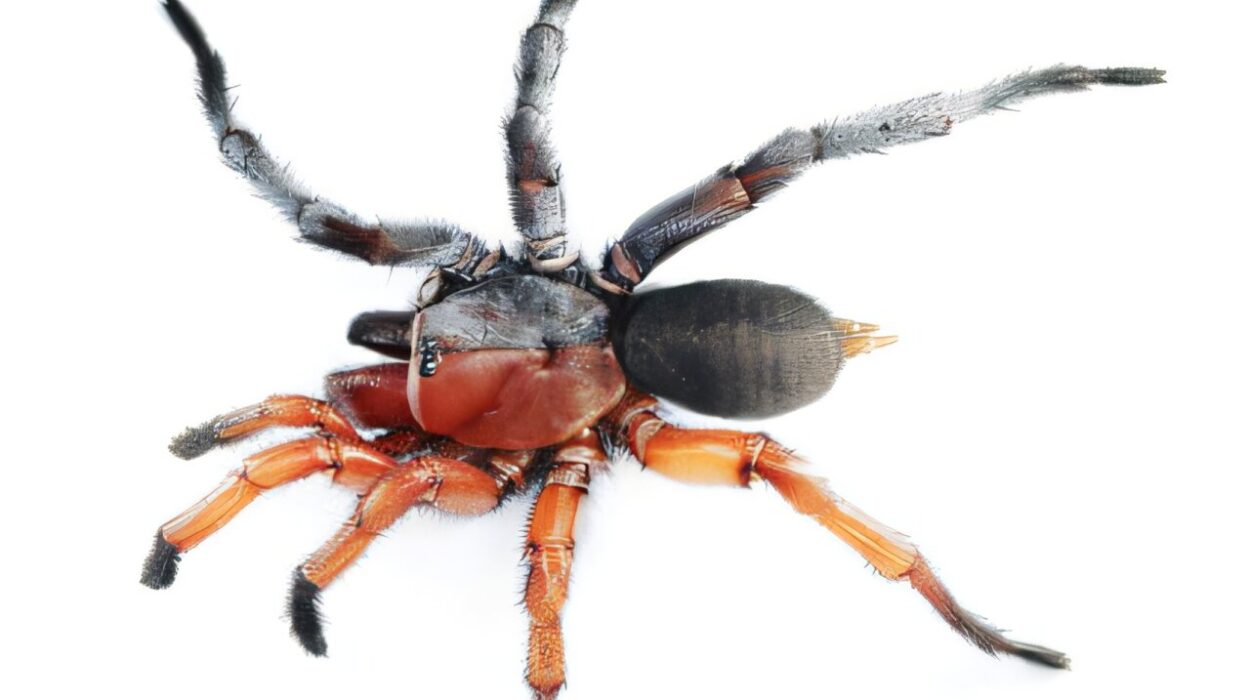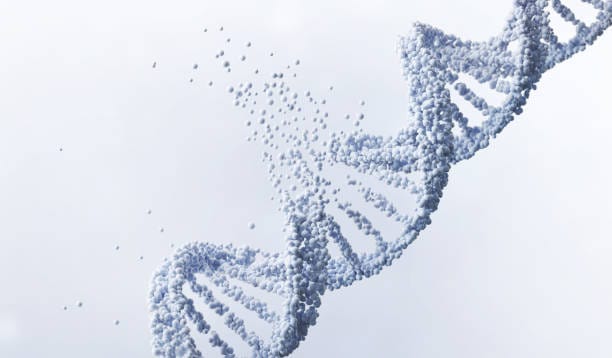In a groundbreaking revelation that unearths the potato’s prehistoric past, an international team of researchers has traced the origin of this global food staple to an unlikely and ancient natural interbreeding event. Published in the journal Cell, the study details how two wild South American plant species—one tomato-like, the other resembling modern potato plants but lacking tubers—merged their genetic material nearly nine million years ago. This evolutionary union birthed the very first potatoes, complete with their signature tubers that would one day feed civilizations.
The Mystery Rooted in the Andes
For decades, scientists puzzled over a strange contradiction in the family tree of potatoes. On one hand, modern cultivated potatoes bear an uncanny resemblance to a trio of wild species from Chile known as Etuberosum. But these plants are missing the one defining trait of a true potato: the tuber, the underground nutrient-storing organ. On the other hand, from a genetic standpoint, the potato’s closest living relative seemed to be the tomato. How could a plant look like one species but be genetically closer to another?
To dig up the truth, the research team—led by Sanwen Huang of the Chinese Academy of Agricultural Sciences—analyzed 450 genomes from cultivated potatoes along with 56 wild relatives, creating the most comprehensive genomic study of the potato family to date. The results were stunning.
“Wild potatoes are incredibly hard to access and even harder to study,” explained Zhiyang Zhang, first author of the paper. “This dataset offers an unprecedented window into the genetic diversity and ancient history of these plants.”
Hybridization: When Two Worlds Collide
The genomic data revealed that all potatoes—wild and domesticated alike—carry a nearly even blend of DNA from two very different ancestors: the tomato family and Etuberosum. This means that the modern potato didn’t descend from one species, but from a dramatic genetic collision between two.
This natural hybridization event is estimated to have occurred around nine million years ago in the mountainous wilds of South America. Although Etuberosum and tomatoes had already diverged from a common ancestor five million years earlier, they retained just enough genetic compatibility to mate and produce offspring. The result was an entirely new lineage of plants—early potatoes—that bore a revolutionary trait: the ability to grow tubers.
“We’ve finally solved the mystery of where potatoes came from,” said Huang. “This hybridization didn’t just create a new species—it created an entirely new form of plant life.”
Tubers: The Evolutionary Breakthrough
The researchers zeroed in on the genes responsible for tuber formation and found that the crucial traits came from both parent lineages. From the tomato side, potatoes inherited the SP6A gene, a sort of biological light switch that tells the plant when it’s time to start producing tubers based on seasonal changes. From the Etuberosum side came IT1, a gene that controls how underground stems swell into storage organs.
The genius of evolution lay not in inventing something entirely new, but in reassembling existing genetic parts from two species into a form that nature had never seen before. Without both of these genes working in concert, tuber formation would be impossible. But in the hybrid potato, this combination ignited an evolutionary leap.
An Adaptation to a Changing World
This innovation didn’t happen in a vacuum. Around the time of the hybridization, the Andes mountains were undergoing a dramatic uplift, creating vast new high-altitude environments with unpredictable climates. Plants with shallow roots and vulnerable seeds struggled to survive.
But the early potato had a secret weapon: tubers. These underground storage units allowed the plant to hoard energy during good times and survive through frost, drought, and soil erosion. Tubers also enabled vegetative reproduction, meaning new plants could sprout directly from the old ones without relying on pollination.
In essence, the potato became a survival machine, and with this advantage, it quickly spread and diversified across the rugged terrain of Central and South America. Today, more than 100 species of wild potatoes thrive in the Andes alone, a living record of this evolutionary success.
From Ancient Wilds to Global Kitchens
It would be millions of years before humans entered the picture, but by the time they did, the potato was waiting—adaptable, hardy, and calorie-dense. Indigenous peoples of the Andes began domesticating potatoes about 7,000 years ago, selectively breeding them for flavor, size, and climate resistance.
Today, potatoes are the world’s fourth-largest food crop, feeding more than a billion people daily. They form the foundation of cuisines from Ireland to India, serve as economic lifelines in developing countries, and even accompany astronauts into space.
And yet, until now, we didn’t fully understand where they came from.
A Lesson in Evolution’s Creativity
This study is more than a fascinating tale of tubers and tomatoes—it’s a powerful demonstration of evolution’s ability to innovate. Hybridization, once thought to be an evolutionary dead end or a rare mistake, is increasingly being recognized as a driver of new traits and species.
“What we’re seeing is that evolution doesn’t always proceed through slow, linear change,” said Huang. “Sometimes, it takes a leap—when two different species merge, and something entirely new is born.”
The implications stretch far beyond potatoes. Understanding how complex traits like tuber formation arise through hybridization could open new doors in agriculture and conservation. As the planet faces mounting climate challenges, scientists are racing to develop crops that are more resilient, nutritious, and efficient. Evolution’s playbook—complete with ancient blueprints like those found in the potato genome—might offer invaluable clues.
The Future Is Rooted in the Past
While we may casually toss a potato into a stew or mash it for a side dish, it’s worth remembering that this humble food is the product of a stunning natural experiment—one that began nine million years ago in a corner of the Andes, when two wildly different plants defied genetic odds to create something entirely new.
That ancient union, sealed by sun and soil, gave rise to the tuber and eventually to one of humanity’s most beloved and important crops. It’s a story of survival, serendipity, and the silent genius of nature’s design.
So the next time you bite into a crispy French fry or dig into a creamy potato salad, remember: you’re eating the legacy of a love affair between a tomato and a wild Andean plant—a story buried in the ground and now, finally, brought to light.
More information: Ancient hybridization underlies tuberization and radiation of the potato lineage, Cell (2025). DOI: 10.1016/j.cell.2025.06.034. www.cell.com/cell/fulltext/S0092-8674(25)00736-6
